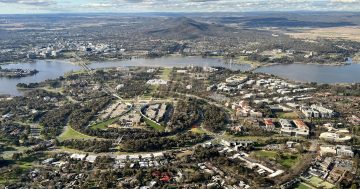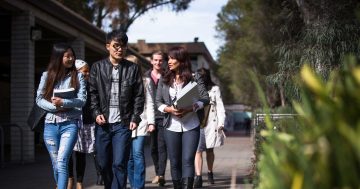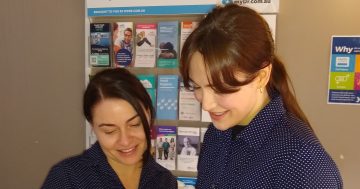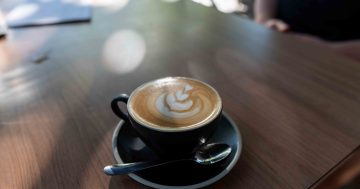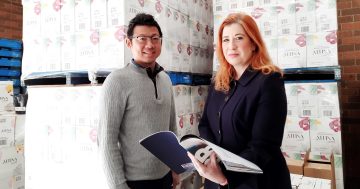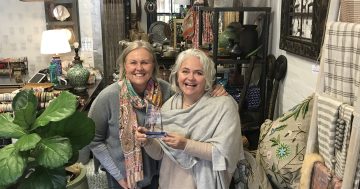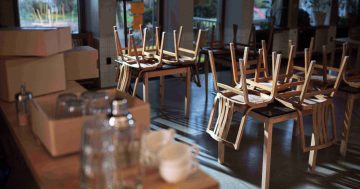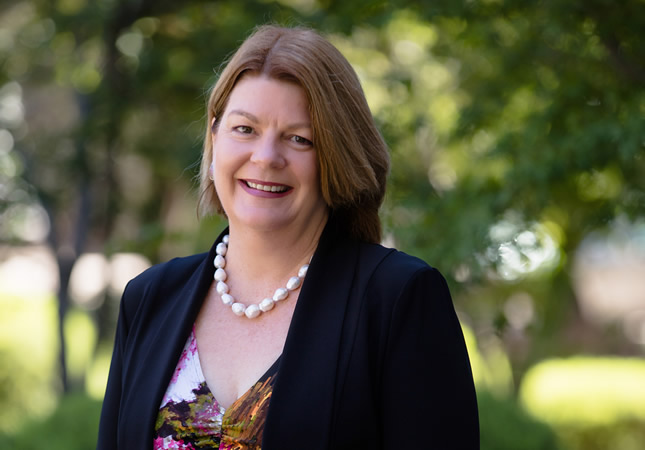
I caught up with Robyn Hendry last week, CEO of the Canberra Business Chamber, a mover and shaker in her own right. I wanted to know her reflections on the highlights and speedbumps for business in 2016 and her predictions for 2017. Here is part one of the interview and what she had to say about 2016 (Part two will be about her predictions for 2017).
Q. What were the highlights for business in Canberra in 2016?
The first thing that I would refer to is one of the highlights for the Chamber in leading business in the ACT and surrounding districts, and that was the production of our “Destination 2030”, a strategic plan that builds on our current strengths and in essence, a roadmap for the territory.
If you are the voice of business, you need to have a plan and we wanted that. So, in 2016 we’ve put into place a strategic plan for the direction of business in Canberra leading up to 2030. It was the product of 380 businesses putting in 15,000 hours to come up with a clear vision and agenda for business. It was a process of harvesting ideas, putting them into a funnel, synthesising them and ending up with a strategic plan. It was not unlike what most businesses do for their own enterprises. You can have an operational plan, which can be updated every year, but the strategic plan is one that guides your direction and journey for the common good of the business community.
Secondly, we have grown our exports by 16% this year and I am truly excited about that. The arrival of two international carriers, Singapore Airlines and Qatar (launching in 2017), have also made a huge difference to our economy, and I am looking forward to further local regionalisation, with Dubbo flights now coming on board. I’d like Merimbula and Wagga to join us in 2017.
Thirdly, we have reached a joint agreement with seven surrounding councils (from places near Canberra such as Goulburn, Bega, Palerang, etc.), to co-operate and have a stronger voice as a region. This culminated in a joint submission to the ACCC enquiry re mobile roaming. Andrew Barr and the NSW Premier signed an MOU recently too, which was a refreshed agreement of an existing one due to the Riverside development which spans the ACT and NSW.
This has meant new freight opportunities and delivers a symbiotic relationship for regional business. Whether you are involved in the business of snowy mountain trout, oysters on the south coast, cherries from Young or fingerlings in Wagga – it will be increasingly easy to work with the seven councils and the chamber, all agreeing with one voice and coming to a shared position of mutual benefit for all parties.
Finally, the economic indicators have improved considerably over the past year, with a low 3.4% unemployment at the moment; we are one of the most robust employment centres in the country, with hospitality and tourism numbers on the rise as well. Add to all of this, our strong economic conditions and it’s been a great year of milestones.
But if we are serious about growing and diversifying the economy (and we are), we need to make hay while the sun shines. There were a couple of anomalies that boosted our economy this year, surrounding the Mr. Fluffy and Light Rail issues. The ACT Government took the view to expand the economy at a time when nationally, the federal government was contracting and this kept us out of recession. But we can’t rely on governments indefinitely, and the ACT government does not have rivers of gold, so will no doubt have to contract in the future.
I see our job in the business community is for us to grow the economy and to rely less on the government in the future. So, consumer confidence is high and business confidence is increasing and we are now starting to see business investment increase. The good news is that we have come off the dip when the cutbacks emerged. We are strong with a diversifying economy and good growth, we have industry potential in education, cyber security, space, nanotechnology and ICT sectors, which are all robust globally and we are well placed to take advantage of this.
Q. What were the challenges for business in 2016?
The biggest challenges were two elections which create enormous uncertainty. Eyes on the US elections added another level of uncertainty for global trade.
The second challenge in 2016 was that when people come through a period of cutbacks, they become very conservative and it takes a while to build up confidence again. It’s essential to talk up the opportunities.
Q. What were your personal highs this year?
I am very excited about the internationalisation of our city with the international flights we have secured, thanks largely to the Canberra International Airport and the government, with support from others. In my previous role and my current one, I have been able to contribute in a small way with numbers for a business case, demonstrating demand for the business travel and building confidence with Singapore Airlines.
Glenn Keys was on the very first trip and I was thrilled to be at the airport sipping champagne and celebrating the first flight. It was one of those moments.
The second high for me was having the document Destination 2030, with which I could proudly stand up with the united voice of our members; a document that was timely, positive and confidence building. It put us in good stead for the future.
Another pivotal moment for me personally was in relation to the infrastructure development and on the night of the election, when I was commentating and knowing that the contracts wouldn’t be ripped up, and we wouldn’t be sending the message out to the world that Canberra was “closed for business” – that was wonderful.
The future of this city relies on foreign investment and sending a message about sovereign risk was not a good thing. I was pleased it didn’t come to the fore.
Q. How is the retail sector faring in the Christmas period this year?
Forecasts are strong, and we have been heading in the right direction all year. We have, in fact, the fastest growing retail sector in the country right now, partially pinned by hospitality and homewares with the likes of Ikea and Cosco etc. entering the marketplace.
Our job market is solid too and the Christmas spend when the analysis is finished, I predict will be good. Curiously, I have not seen a new phenomenon before where the “sales” are popping up everywhere before Christmas.
The city centre itself, is not presenting with our city identity yet, and I believe we haven’t come to an agreed position that tells the story of Canberra per se. We are not putting our best foot forward. Whilst there has been tactical activation of space, we need to be clear about our theme, our story.
Other cities (like Vancouver) have done this successfully and I am hoping the new Urban Renewal Authority will fill in this missing part of the jigsaw puzzle. The Head Planner for Vancouver has visited each year for the past five years and each time, he has said our city centre seems worse.
It will be up to government, businesses, consumers, urban developers, all to collaboratively work this out.













